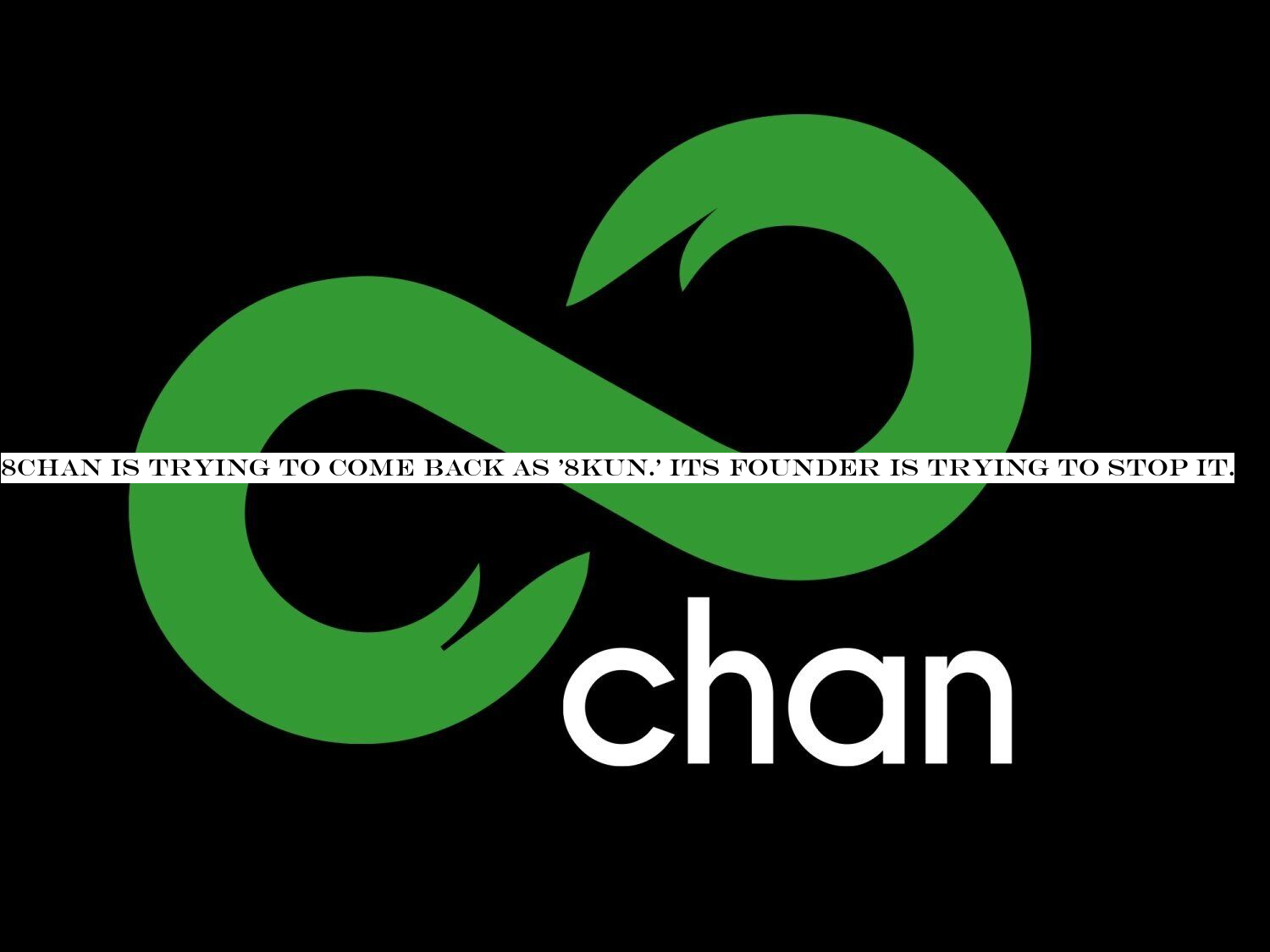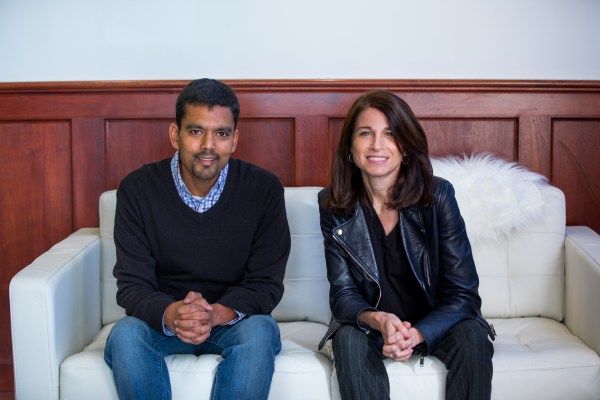Music
Trailers
DailyVideos
India
Pakistan
Afghanistan
Bangladesh
Srilanka
Nepal
Thailand
StockMarket
Business
Technology
Startup
Trending Videos
Coupons
Football
Search
Download App in Playstore
Download App
Best Collections
Technology

Disabled voters in Utah County will be able to use their smartphones to vote in the November municipal election, an expansion ofan earlier pilot testof the blockchain-based technology and anothert step toward allowing all voters to cast ballots with a mobile device.
The county, which has more than a half million residents, is the third in the U.S. to partner with Tusk Philanthropies, a non-profit focused on expanding mobile voting nationally. The latest pilot is a collaboration between the Utah County Elections Division, Tusk Philanthropies, the National Cybersecurity Center and Boston-based voting app developer Voatz.
To read this article in full, please click here
- Details
- Category: Technology
Read more: Utah county moves to expand mobile voting through blockchain
Write comment (90 Comments)
- Details
- Category: Technology
Read more: 8chan Is Trying To Come Back As '8kun.' Its Founder Is Trying To Stop It.
Write comment (95 Comments)
As more and more news businesses turn to paywalls and subscriptions, The Financial Times looks like an early model and success story — a few months ago the organization announced that itpassed 1 million paying readers, with digital subscribers accounting for more than three-fourths of its circulation.
Now The FT is looking to share some of what itlearned (and further diversify its business) by launching a new consulting unit called FT Strategies.
Chief Data Officer Tom Betts told me that The FT built a lot of the technology behind its subscription efforts. At first, the team assumed that it might be able to build a business selling that technology to other publishers. After all, Vox Media and The Washington Post are both trying to do something similar with their content management systems.
So it was surprising to hear Betts say that FT Strategy is actually &a pure consulting business.&
Asked whether The FT might eventually start selling a tech product as well, he replied, &Never say never about the technology dimension, but I think as we did our market research and started talking to customers and looking more at the technological landscape out there, we realized that over the years, many of the elements of the technology we have built have become commoditized.&
That doesn&t mean therea technology stack that publishers can buy off-the-shelf that can meet all their needs (thereat least one startup called The News Project trying to piece that stack together).
But Betts argued, &Even if you go and buy best-of-breed technology, that doesn&t mean you can assembly it in the right way to make it useful and meaningful to scale and grow direct-to-consumer revenues. And most importantly it doesn&t mean that you know how to operate it with teams and how to actually use it to successfully scale and grow your business.&
Thatprecisely what FT Strategies is trying to provide. In fact, Betts said the company has already been quietly testing out the idea in beta and built up a customer list that includes Bonnier, The Business of Fashion, Penguin Random House and the V-A — so not just news companies, but also a book publisher and an art and design museum.
&I believe that the capabilities that we&e built, clearly they are salient to other news publishers, but I believe that they span far beyond that,& Betts explained.
He went on to argue that FT Strategies could potentially work with any company that&either facing disruption as the news media industry has& or thatin a sector thatpart of the broader direct-to-consumer trend — basically, any company that needs help figuring out &how do we market to individuals, how do we build relationships to individuals, how do we leverage those relationships both so that the consumers have the most positive and engaging experience with our products and to maximize revenue.&
As for whether any of these business might be leery about giving another company — and, in some cases, a competitor — access to their customer data, Betts said that philosophically, the FT believes that &a healthy paid content ecosystem is good for the FT and itgood for all the publishers that participate in it.&
More concretely, he said his team is &very clear internally about having the Chinese walls and professional standards for FT Strategy that ensures the right levels of confidentiality of clients& data [so] their confidential information doesn&t leak back into the core operation.&
- Details
- Category: Technology
Read more: FT launches a new consulting arm focused on helping businesses use consumer data
Write comment (98 Comments)
More than two years after Julie Bornstein&Stitch Fix former chief operating officer&mysteriously left the subscription-based personal styling service only months before its initial public offering, shetaking the wraps off her first independent venture.
Shortly after departing Stitch Fix, Bornstein began building The Yes, an AI-powered shopping platform expected to launch in the first half of 2020. Sheteamed up with The Yes co-founder and chief technology officer Amit Aggarwal, whoheld high-level engineering roles at BloomReach and Groupon, and most recently, served as an entrepreneur-in-residence at Bain Capital Ventures, to &rewrite the architecture of e-commerce.&
&This is an idea I&ve been thinking about since I was 10 and spending my weekends at the mall,& Bornstein, whose resume includes chief marketing officer - chief digital officer at Sephora, vice president of e-commerce at Urban Outfitters, VP of e-commerce at Nordstrom and director of business development at Starbucks, tells TechCrunch. &All the companies I have worked at were very much leading in this direction.&
Coming out of stealth today, the team at The Yes is readying a beta mode to better understand and refine their product. Bornstein and Aggarwal have raised $30 million in venture capital funding to date across two financings. The first, a seed round, was co-led by Forerunner Ventures& Kirsten Green and NEATony Florence. The Series A was led by True Ventures& Jon Callaghan with participation from existing investors. Bornstein declined to disclose the companyvaluation.
&AI and machine learning already dominate in many verticals, but e-commerce is still open for a player to have a meaningful impact,& Callaghan said in a statement. &Amit is leading a team to build deep neural networks that legacy systems cannot achieve.&
Bornstein and Aggarwal withheld many details about the business during our conversation. Rather, the pair said the product will speak for itself when it launches next year. In addition to being an AI-powered shopping platform, Bornstein did say The Yes is working directly with brands and &creating a new consumer shopping experience that helps address the issue of overwhelm in shopping today.&
As for why she decided to leave Stitch Fix just ahead of its $120 million IPO, Bornstein said she had an epiphany.
&I realized that technology had changed so much, meanwhile … the whole framework underlying e-commerce had remained the same since the late 90s& when I helped build Nordstrom.com,& she said. &If you could rebuild the underlying architecture and use todaytechnology, you could actually bring to life an entirely new consumer experience for shopping.&
The Yes, headquartered in Silicon Valley and New York City, has also brought on Lisa Green, the former head of industry, fashion and luxury at Google, as its senior vice president of partnerships, and Taylor Tomasi Hill, whose had stints at Moda Operandi and FortyFiveTen, as its creative director. Other investors in the business include Comcast Ventures and Bain Capital Ventures
- Details
- Category: Technology
Read more: Former Stitch Fix COO Julie Bornstein is rewriting the e-commerce playbook
Write comment (93 Comments)
And there we have it: the very last trailer for a Star Wars movie focusing on the Skywalkers.
After 42 long years of Jedi returning, clones attacking, and Force awakenings… the three pack of trilogies that is the &Skywalker saga& comes to an end this December with the release of Episode IX: The Rise of Skywalker. Disney will keep releasing Star Wars movies, of course — but the Skywalker Saga is done*.
As with the last few Star Wars movies, Rise of Skywalkerfinal trailer dropped right in the middle of Monday Night Football. This comes roughly six months after the first teaser landed back in April.
Rise of Skywalker is set to open on December 20th according to the billboards… which means itactually opening the evening of December 19th in much of the US due to midnight screenings and timezone rules. If your goal is to see it as early as possible to avoid spoilers and whatnot, double check when your theaterfirst screening actually is.
(* until the inevitable point down the road when another Skywalker trilogy is announced… because, well, people like the Skywalkers.)
- Details
- Category: Technology
Read more: Here’s the very last trailer for Star Wars: The Rise of Skywalker
Write comment (92 Comments)Nvidia is making a hard pitch at this yearMobile World Congress Los Angeles that the future of software defined 5G networks should be powered by its chipsets.
Through the launch of a new software development toolkit and a series of partnerships announced today with Ericsson (for networking); Microsoft (for its cloud computing); and Red Hat (for its Kubernetes expertise), Nvidia is pitching telecommunications companies that its chipsets are the best base for managing the breadth of new services 5G networking will enable.
Getting in on the ground floor would be a huge win for the chip manufacturer, especially since 5G antennas will need to be fairly ubiquitous to be effective.
Helping to make that case is the launch of a new software development toolkit that will let telecommunications companies take more advantage of the &network slicing& abilities (allowing telecom companies to dial up and down capacity on a session-by-session basis) that 5G networking provides.
In a keynote speech from Nvidiachief executive, Jensen Huang, ahead of the convention, the companypitch is that embedding its chipsets and new software into those networks is the best way for telecom companies to add dynamically provisioned additional services.
The company has developed two software development kits: a CUDA Virtual Network Function, which provides optimized inputs and outputs and processing; and CUDA Baseband, which has a GPU-accelerated signal processing pipeline.
Whatmore, the Aerial software development kits run on top of Nvidiapreviously announced EGX stack, which works with the new containerized software development paradigm dominated by Kubernetes.
The GPU-enabled off-the-shelf servers that telecoms can all be installed with NVIDIA software as containers that run on Kubernetes.
If the software is one new hook for telecommunications companies, Nvidia&collaboration& wth Ericsson could be another.
With Ericsson, Nvidia hopes to build out its abilities to virtualize radio area network architectures to make the networking technology lower-cost, more scalable, and more energy efficient.
&With NVIDIA we will jointly look at bringing alternatives to market for virtualizing the complete radio access network,& Fredrik Jejdling, executive vice president and head of Networks at Ericsson, said, in a statement.
Another partner that Nvidia is bringing to the table is Microsoft, whose Azure cloud services will be more tightly integrated with NvidiaEGX hardware and software like theMetropolis video analytics tools.
&In a world where computing is becoming embedded in every place and every thing, organizations require a distributed computing fabric that spans the cloud and edge,& said Satya Nadella, chief executive of Microsoft, in a statement. Nvidia represents the edge, and Microsoft is making a pitch to be the cloud service provider.
Tighter connectivity to cloud services is one way that Nvidia can ensure its stack of hardware and software tools makes an appealing choice for telecommunications companies casting around for the right hardware provider to complement their networking services. Another is to make sure that Nvidiachipsets are developer friendly.
To achieve that, the company also is expanding on its partnership with RedHat tospeed up the adoption of Kubernetes in data centers and to telecom infrastructure through the newly announcedNvidia Aerial software development toolkit.
&The industry is ramping 5G and the ‘smart everything& revolution is beginning. Billions of sensors and devices will be sprinkled all over the world enabling new applications and services,& said Huang. &We&re working with Red Hat to build a cloud-native, massively scalable, high-performance GPU computing infrastructure for this new 5G world. Powered by the NVIDIA EGX Edge Supercomputing Platform, a new wave of applications will emerge, just as with the smartphone revolution.&
- Details
- Category: Technology
Read more: Through partnerships and a new software toolkit, Nvidia looks to surf the 5G wave
Write comment (92 Comments)Page 572 of 5614

 20
20




